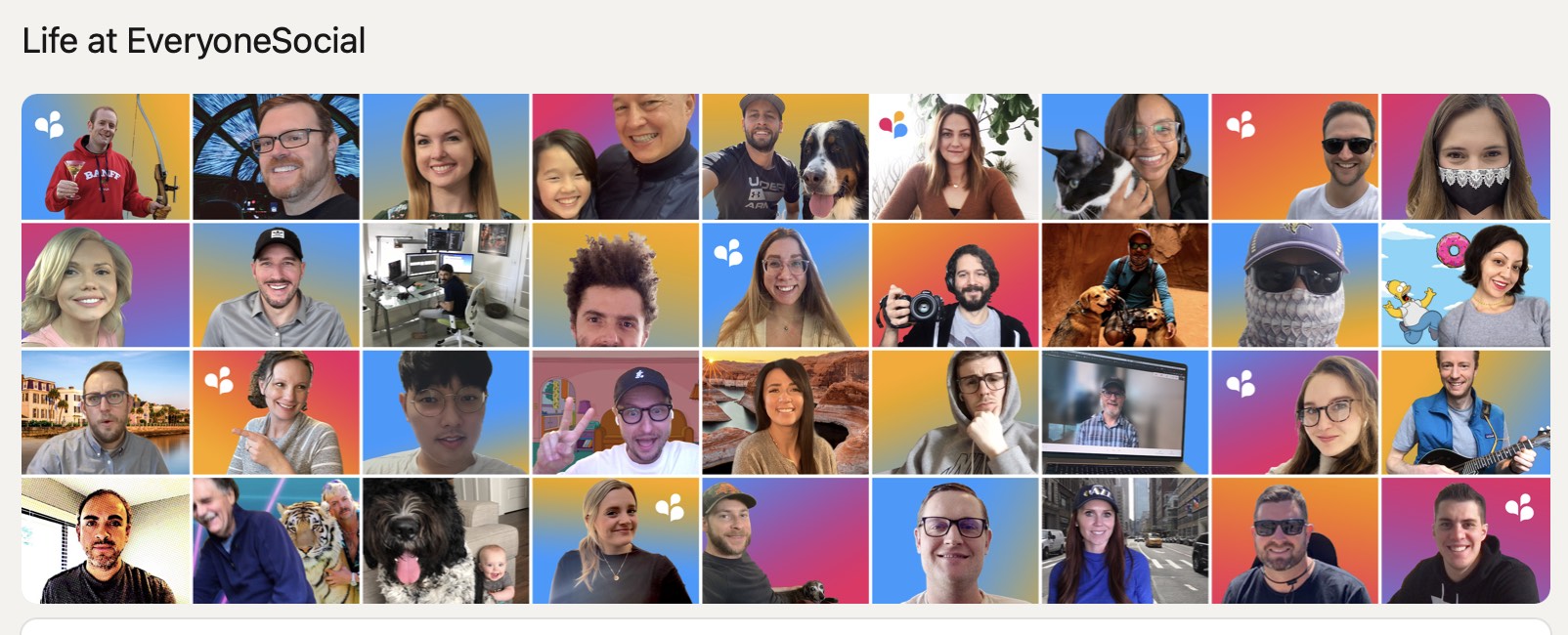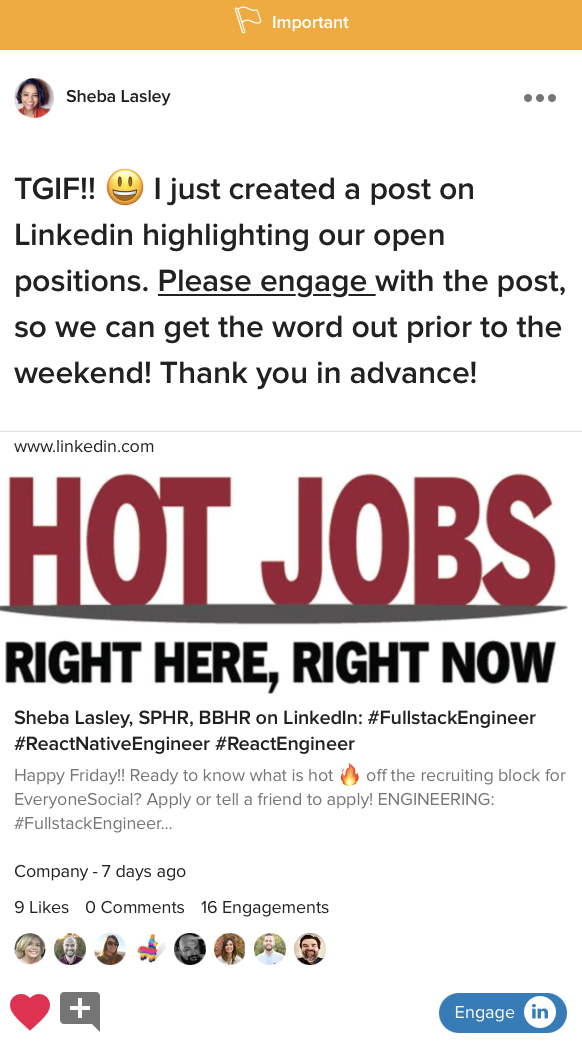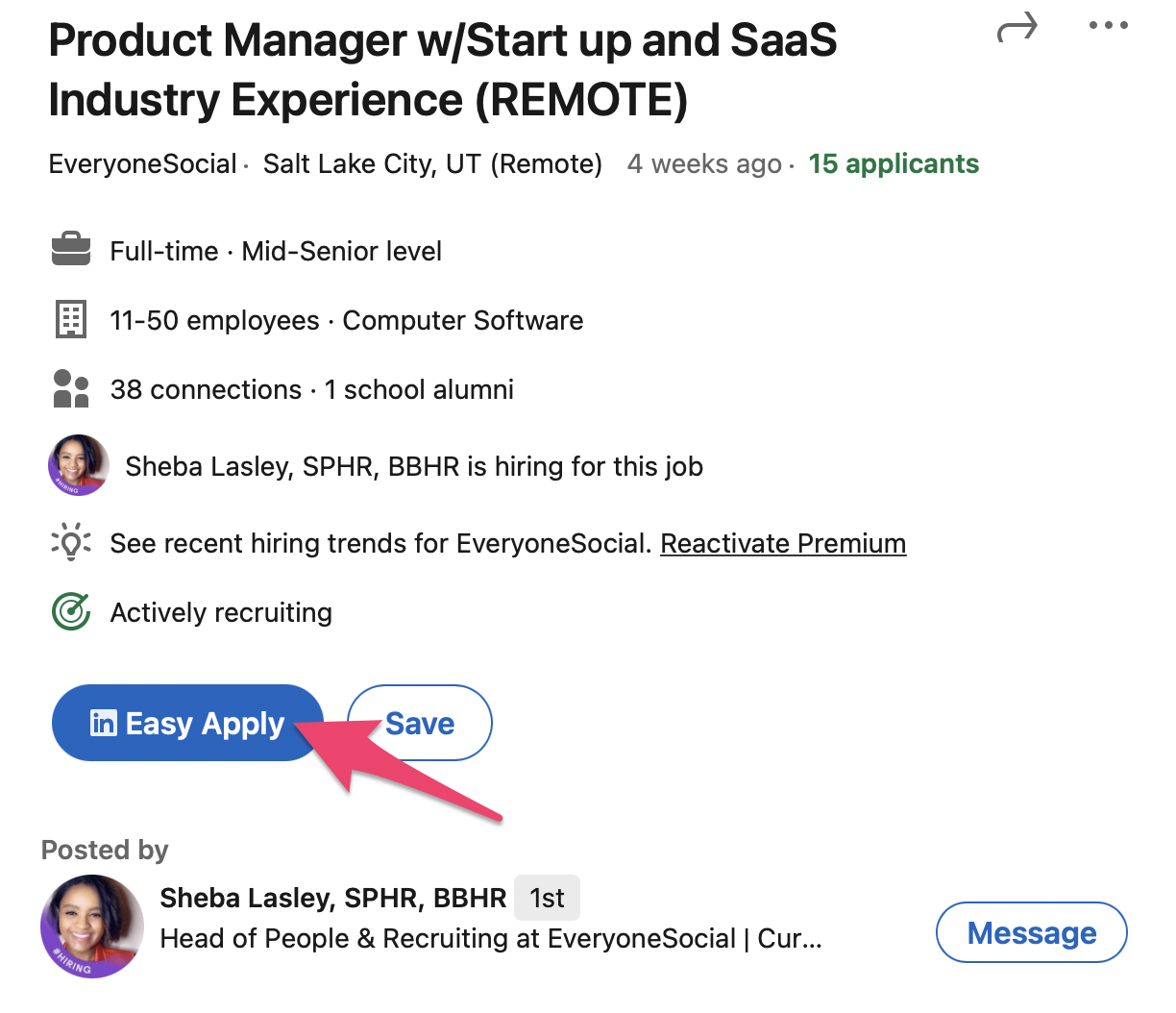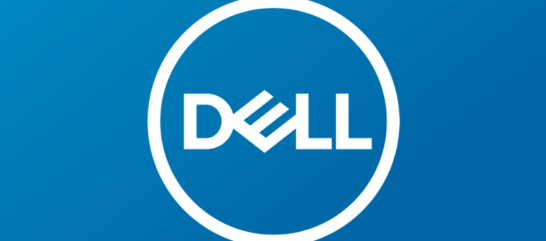The term “war for talent” was coined decades ago, but today it’s more relevant than ever as companies strive to perfect their talent acquisition strategies to attract the right people.
Sixty-one percent of full-time employees want new jobs this year, and the Great Resignation shows that they’re taking action and abandoning companies in droves in search of better opportunities.
So it’s no surprise that HR professionals say recruitment and talent acquisition is one of the major challenges they face.
If you’re a talent acquisition manager, recruiter, or hiring professional looking to attract and retain skilled workers, read on to learn the talent acquisition strategies you need to implement.
What is Talent Acquisition?
Talent acquisition is an ongoing process of attracting, finding, and hiring skilled people that not only meet organizational needs, but also align with company culture.
Because it has such a focus on hiring, talent acquisition is often associated exclusively with human resources.
However, the successful talent acquisition strategies involve every employee and span HR, marketing, communications, public relationships, learning and development, the C-suite, and more.
Enterprise organizations often have an entire team outside of HR devoted entirely to talent acquisition.
What is the Difference Between Recruitment and Talent Acquisition?
Although the terms “talent acquisition” and “recruitment” are often used interchangeably, recruitment is only one aspect of talent acquisition.
Recruitment specifically entails selecting and hiring candidates to fill vacant positions.
Talent acquisition, on the other hand, encompansses much more than recruitment alone. It involves long-term, strategic planning to attract and retain skilled candidates.
So when it comes to talent acquisition v. recruitment, the terms aren’t synonymous, but they do work hand in hand.
6 Talent Acquisition Strategies Your Company Needs
A simple Google search reveals there’s no shortage of talent acquisition best practices to follow. But there’s more to talent acquisition than basic tips like optimizing your website for job applicants and using the latest tech.
Here are six talent acquisition strategies that’ll not only help you catch the eye of the best candidates, but also provide them with a rewarding work environment they’ll want to remain a part of.
1. Improve your employer brand.
Companies often focus on their consumer-facing brand, but their employer brand — their reputation as an employer — is just as important. Arguably, even more so.
After all, if the people you employ don’t have a good impression of the organization — and they’re the ones representing your brand and interacting with customers — what are consumers going to think?
A positive employer brand, on the other hand, attracts and retains top talent. In fact, 89% of passive job seekers and 84% of active ones consider employer brand before applying for a job.

So how can you improve your employer brand? Here’s how to get started:
- Define your company values and put them into practice on a daily basis.
- Survey employees to determine if your employer brand matches the employee experience. If not, take action to close that gap.
- Showcase why your company is a great place to work. To get started, highlight what makes your company unique on social, add a page to your website about brand values and work culture, post photos to the “Life” section of your company’s LinkedIn page.
- Use social media to build your brand — after all, 79% of applicants use social media in their job search. Here’s how to get it right.
- Encourage workers to create and share employee-generated content. Only 12% of employees trust what employers say about themselves, so EGC is an effective way to showcase how your organization truly prioritizes its employees.
- Identify your biggest employee advocates and activate them. (More on this below.)
2. Encourage employees to be advocates.
Half of your workforce is already posting about your company online, and that’s a good thing. In fact, you want all your employees to be talking about the organization.
You’ve invested a lot of time and resources into hiring the right people, so you should trust them to advocate on your behalf.
That’s what employee advocacy is all about.
People trust recommendations and reviews from real people — especially employees — more than the claims of a faceless company.
And when your workers share company content or say positive things about their work experience, their posts get eight times more engagement than brand posts. Plus, it increases your brand’s reach by 500%. 😮

A pure-play employee advocacy program like EveryoneSocial makes it a breeze to get workers advocating on your behalf. Here’s how:
- All your content is in one place, making it easy for workers to find and share it with their personal networks.
- You can add suggested share copy to content, while still allowing employees to craft posts in their own voice.
- Gamification features motivate employees to share and engage.
- Plus, there are numerous features to protect your brand.
And when it comes to talent acquisition best practices, employee advocacy tops the list because when your people praise their workplace and share open positions, those job postings go farther and carry more weight.
In fact, 30% of people say employee-shared job content is the most relevant and useful, and job postings are some of the most engaging content shared from EveryoneSocial.
“I love using the EveryoneSocial to get the word out regarding our open positions,” says Sheba Lasley, Everyonesocial’s head of people and recruiting. “I like to create a post in LinkedIn with all the open roles and then put the link into a post in EveryoneSocial, encouraging our employees to engage with it. This has increased traffic and awareness to not only the positions we have open, but also our brand as a whole.”
Of course, your talent acquisition manager isn’t the only one who’ll reap the benefits. Sales, marketing, internal communications, and every department at the organization also win when you invest in employee advocacy.
3. Incentivize employees to make referrals.
The organizations that truly win at talent acquisition are the ones that successfully turn every employee into a recruiter.
Having a strong employer brand and team members actively advocating for the company means you’re likely already bringing in those valuable referrals.
But there’s another step you can take as part of your talent acquisition strategy, and it’s not complicated: Incentivize workers.
Ninety-six percent of companies with 10,000+ employees — and 80% of those with fewer than 100 — say referrals are their top source for new hires.
However, most companies offer little to no financial incentive to employees for making these referrals.
“It’s widely known that employee referrals are the best source for candidates,” Talent Connections founder Tom Darrow told the Society for Human Resource Management. “Yet many companies offer pitiful ‘bonuses’ of $500 or $1,000 to their employees, while offering search firms a $20,000-plus fee for the same position.”
4. Develop strong talent networks.
Your talent network is composed of people who’ve applied for jobs at your company in the past, as well as candidates who are interested in working for you and are waiting for an opening that matches their skill set.
These people who already have an interest in becoming part of your team are essential to your talent acquisition strategy, so it’s important to nurture this.
Your talent network might be an email list of people who’ve opted in for hiring updates, or it could be more informal like your brand account’s social followers.
Regardless, studies show that many companies aren’t taking advantage of this important resource.
Forty-five percent of Fortune 500 companies with a talent network never send them any communications once they’ve opted in. Of the organizations that do, 95% share only job postings.
These are major missed opportunities.
Instead of ignoring your talent network or contacting them only about open positions, give them information about what it’s like to work at your company, share employee-generated content, and encourage two-way communication.
“Too often, I see companies aren’t hiring the best of the best,” Darrow said. “They’re hiring the best of who they stumble on based on their poor sourcing strategies.”
5. Simplify the application process.
Sixty percent of job seekers abandon online applications before they’re complete because of the forms’ length and/or complexity. Plus, 60% of Gen Z job seekers — who will soon make up 30% of the workforce — won’t spend more than 15 minutes on an application.
That’s a lot of potential applicants your talent acquisition manager or HR team never even gets a chance to vet.
But reducing the length of the application process to five minutes or fewer increases completion rates by more than 300%.

How else can you improve the application process and increase the number of qualified applicants?
- Ensure your career page and application site are mobile-friendly.
- Forego time-consuming questions that can be addressed in an initial screening interview and save skills tests for later in the application process once you know you’re interested in a candidate.
- Provide progress cues so that candidates know where they are in the application process.
- Utilize an applicant-tracking system to keep things moving smoothly and promptly.
- Include an FAQ section on your career page to answer common candidate questions like “How do I know if my application was received?” or “Do you support remote work?”
- If you’re a remote company, ensure your remote-hiring process reflects that and that you’re prepared with the proper tools to conduct interviews and any skills test or screenings remotely.
- Experience the job-application process for yourself so you know firsthand what your applicants encounter
Also, keep in mind that a more streamlined application process can also boost your employer brand since review sites like Glassdoor often feature feedback from job applicants and current employees about what the hiring was like.
6. Utilize data.
One of the top talent acquisition strategies involves delving into the vast amount of data you have at your fingertips.
This could be information from your hiring software or applicant-tracking system, qualitative data from employee surveys or candidate feedback, and more.
Armed with this wealth of valuable information, you can do the following:
- Identify your best talent sources
- Determine which talent sources are underperforming and brainstorm ways to improve them
- Find holes in your talent acquisition process
- Pinpoint when candidates abandon an application
- Identify ways to improve your hiring process
Make EveryoneSocial a Key Player in Your Talent Acquisition Strategy
The talent acquisition strategies and talent acquisition best practices outlined above are just the beginning.
If you truly want to take recruitment, hiring, and employee retention to the next level, you need a tool that transforms team members into advocates and recruiters for the company.
You need EveryoneSocial.
See how our platform can revolutionize talent acquisition at your organization.
















